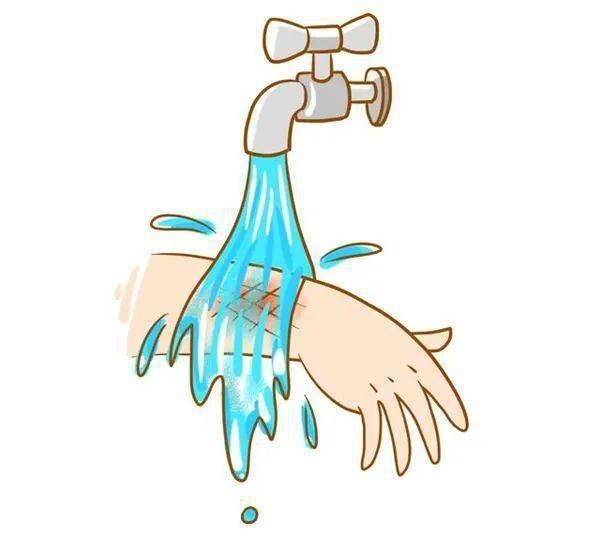
A news of a young child being scalded has caused widespread discussion. There are many local methods for treating burns and scalds, but these methods have no scientific basis and are not reliable, but may aggravate the injury.
Wrong soil method 1: Doenjang
Many elderly people apply miso on burns or scalds to relieve pain. But medically speaking, this is not scientific.
Denjang is fermented, and bacteria are present in it. If the wound is damaged, it is easy to cause infection and inflammation of the wound after applying miso, which not only does not relieve the pain, but also aggravates the injury.
Wrong Earth Method 2: Soy Sauce
After burns or scalds, there are also many people who apply soy sauce to the wound to relieve pain, which also has no scientific basis.
Soy sauce is not a sterile product, nor does it provide pain relief. Moreover, the color of the wound surface after smearing soy sauce will deepen, which is not conducive to the doctor’s inspection of the damage of the wound.
Wrong soil method 3: rubbing salt
Some people think that applying salt after a scald or burn can disinfect it, which is also not advisable.
This is because, after a scald or burn, the wound is exposed. If salt is applied at this time, not only will it not relieve the pain, but it will destroy the cells and cause secondary damage to the already injured cells.
Mistake #4: Toothpaste
Others say that applying toothpaste to burns or scalds can relieve itching and swelling.
Actually, the injured skin is very fragile. At this time, toothpaste applied externally will not only have no therapeutic effect, but will also increase the chance of local infection of the wound and prolong the healing time of the wound.

Treatment of burns
If you get a sudden burn at home, remember these 5 first aid steps:
Correct Step 1: Flush
Rinse the scalded area with running water for at least 10 minutes. The purpose of this is to quickly cool the wound, reduce pain, and prevent the heat from causing deeper damage to the wound.

Correct Step 2: Take Off
After rinsing, gently cut the clothes near the wound with scissors, and do not let the clothes stick to the wound. Be sure not to forcibly tear off the clothes, as this will easily break the blisters at the wound and cause secondary infection.
Correct Step 3: Soak
If the area of the injured area is relatively large, and simple rinsing will not relieve the pain at all, you can soak the injured area in low temperature water to relieve the pain.
Correct Step 4: Cover
If the situation is serious and the wound is large, sterile gauze can be covered on the wound to prevent the wound from being exposed to the air and causing infection.
Correct Step 5: Send
After simple treatment, if the situation is serious, you must go to the hospital for treatment in time. Do not handle it at home by yourself, to prevent the injury from worsening due to improper handling.

Source: CCTV